Introduction to the DJI Neo
All right, guys, this is our review and beginner guide for the DJI Neo. It’s a pretty small drone, almost like a whoop with ducted props. The prop guards are removable, and it comes with a couple of different intelligent flight modes. It’s pretty cool for its size, features, and price point.
Setting Expectations for the DJI Neo
Before we dive in, let’s talk about expectations. I personally expected more from the DJI Neo drone and was somewhat disappointed. However, that doesn’t mean you have to be. Realize that for $200, you’re not going to get a Mini 4 Pro. I was hoping for the next drone in the Mini series, but that’s not what we got, and that’s okay.
Having flown it and played with it over the last week or so since we got it at the Commercial UAV Expo (special shout out to Vic Moss for giving us this drone before he had a chance to play with it extensively), I can say it’s a really cool drone. It’s going to be great for getting anybody interested in drones. If you’ve already got a Mavic and a Mavic 3 Pro, you might not get much out of this drone unless you want to fly over people.
Controller Options
If you’ve looked on DJI’s website, you’ll notice that the Neo doesn’t come with a controller. If you already have a compatible controller, that’s great. You’ll need a DJI RC-N3 (which came with the Air 3 or the Mini 4 Pro), a DJI RC 2 (the one with the screen), or if you want to fly FPV, you’ll need goggles and the motion controller or goggles and the DJI RC FPV 3.
There are also options to fly it from your phone. There’s a fancy little control pad we’ll take a look at later where you can actually fly it with nothing but the drone and a battery. Your phone can also do voice control. So you’ve got a bunch of different ways to fly this thing, which I think is really cool.
The Aircraft
Size and Design
This drone is small, weighing just 135g without any attachments. We’ve got ducted props here, and as mentioned earlier, we can remove the propeller guards. They’re pretty easy to take off. DJI says that with these guards on, you lose about a minute of flight time.
Camera and Gimbal
It’s got a one-axis gimbal that’s also electronically stabilized. The footage coming out of this thing is pretty good, though we’ve noticed it doesn’t do great in high winds. This means the one-axis gimbal isn’t performing as well as some others with three-axis gimbals.
Battery and Sensors
The battery is located on the bottom, and there are a couple of little IR sensors here that help it determine its position. You’ll notice this drone has no obstacle avoidance. It does pretty well in ActiveTrack, avoiding obstacles by using the camera in the front to sense what’s in front of it and plan its route based only on that one camera.
Specs Comparison
Let’s compare the Neo to some other DJI drones: the Mini 3, Mini 4 Pro, and the Air 2S. The Neo is definitely the smallest at 135g. The Air 2S is the largest at 595g, while the Mini 3 and Mini 4 Pro are between 249g and 279g.
The Neo has the shortest flight time, with 17 minutes with prop guards and 18 minutes without. It has no zoom camera or second camera, and not even digital zoom. It also has the smallest camera sensor of the group, a 1/2-inch CMOS sensor with only 12 megapixels.
Camera Specs
The Neo’s camera has an aperture of f/2.8. It shoots in single photo mode only, with a timed photo option. There are no other modes like Pano, Hyperlapse, 360 shots, or Master shots. The maximum video resolution is 4K at 30fps.
Transmission
The manual doesn’t specify if the Neo is using OcuSync 4, but it uses Wi-Fi and Bluetooth. When connected to controllers, the video quality suggests it might be using OcuSync 4. However, when connected to your phone, it likely uses standard Wi-Fi and Bluetooth, limiting range and video transmission quality.
Flight Testing
In our testing, we achieved a maximum flight time of 14 minutes and 45 seconds, accounting for density altitude at about 7,900 feet. This is over 85% of the advertised 17 minutes, which is pretty good.
One downside is the noise level. It sounds like a swarm of angry bees, measuring 90 dB from about a foot away and 70 dB from about 10 feet away. It’s not discreet at all, so keep that in mind if you’re looking for a quiet drone.
Controller Options and Flying Modes
We tested the Neo with various control methods:
- No controller (Manual mode)
- Phone control
- RC-N3 controller
- FPV controllers and Goggles 3
- Motion controller
Each control method offers different features and capabilities, from basic QuickShots to full manual (Acro) mode with the FPV setup.
Camera Performance
We tested the camera’s performance at various ISO settings and compared it to the Mini 4 Pro. The Neo’s image quality degrades noticeably at higher ISOs, with significant grain visible from ISO 400 and above. However, it’s still capable of taking good pictures, especially in good lighting conditions.
Intelligent Flight Modes and Safety Features
The Neo offers normal, cine, and sport flight modes, along with various QuickShots. It includes safety features like Return to Home (RTH), emergency prop stop, and geo-fencing. However, it lacks AirSense for detecting other aircraft.
Pros and Cons of the DJI Neo
Pros:
- Affordable price
- Category One drone for Part 107 operators (can fly over people)
- Quick battery charging with DJI Battery Bank
- Wide controller compatibility
- Acro mode capability with FPV setup
Cons:
- Remote ID not built-in (requires additional module for Part 107 operations)
- Shorter flight time compared to larger drones
- Minimal stabilization and lower wind tolerance
- No warning when battery is low during follow mode without a controller
- Limited maximum altitude (officially 6,500 ft, though we tested it successfully at 7,600 ft)
- No obstacle avoidance
Conclusion
The DJI Neo is an excellent entry-level drone for those just getting into flying. While it may not meet the needs of professional or advanced users, it offers a lot of features and flexibility for its price point. It’s particularly appealing for Part 107 operators looking for a lightweight drone to fly over people. However, its limitations in stabilization, flight time, and wind performance should be considered before purchasing.
Discover more from DroneXL
Subscribe to get the latest posts sent to your email.

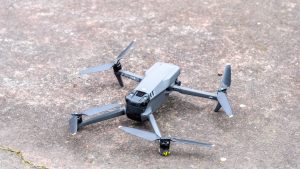
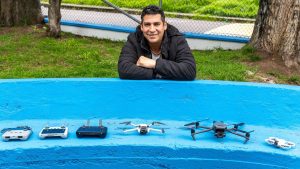

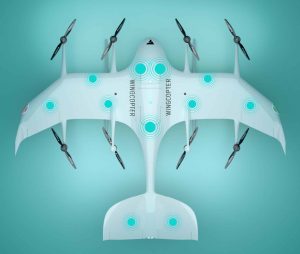
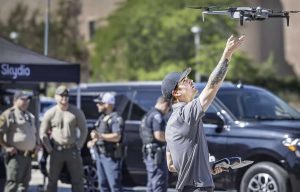
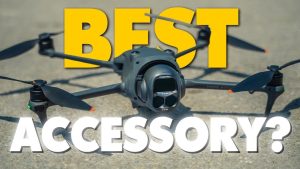
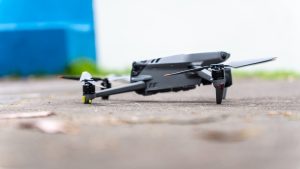
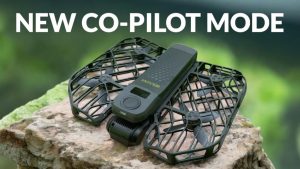



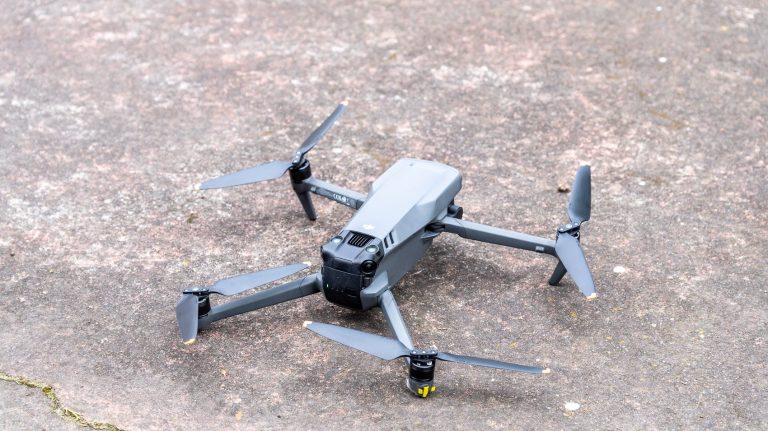
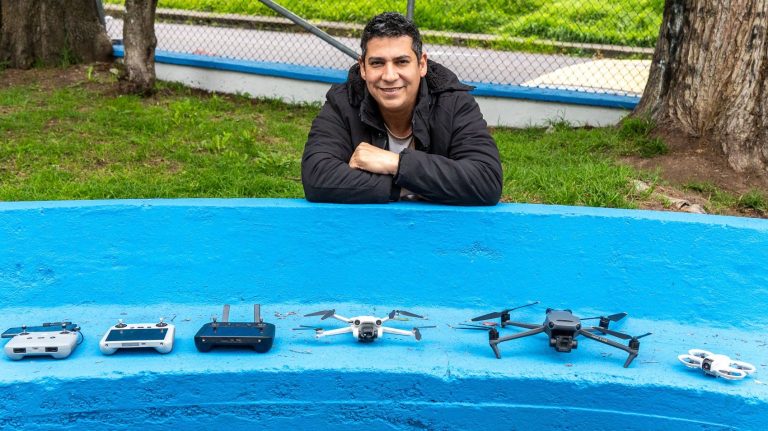
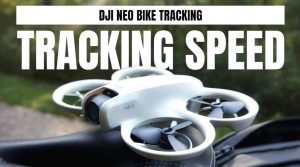
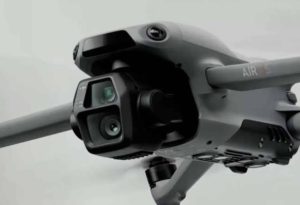
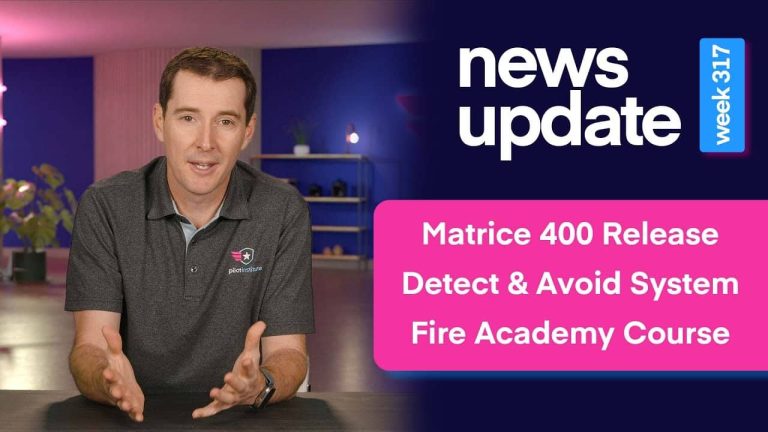
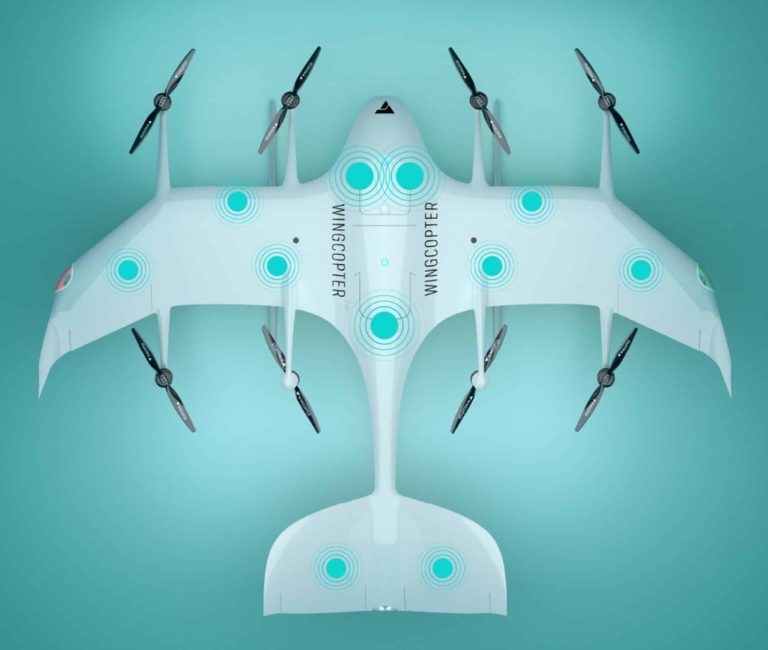
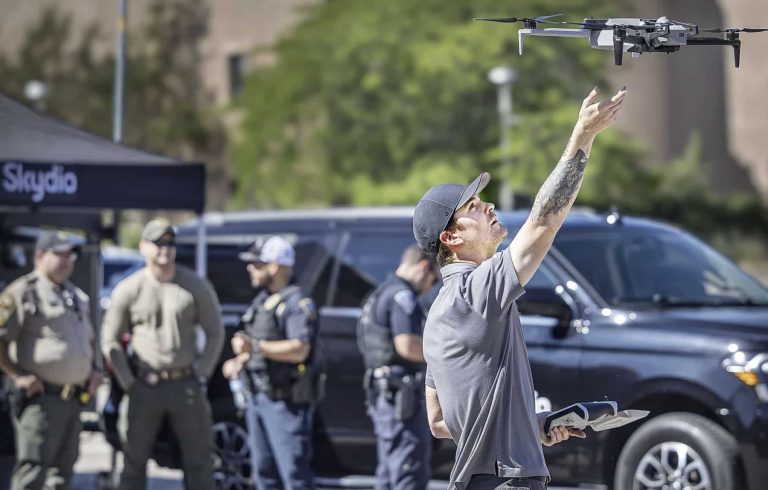
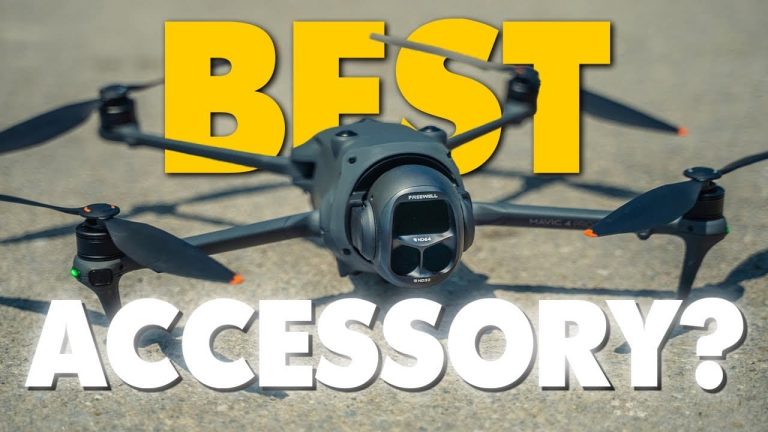

+ There are no comments
Add yours